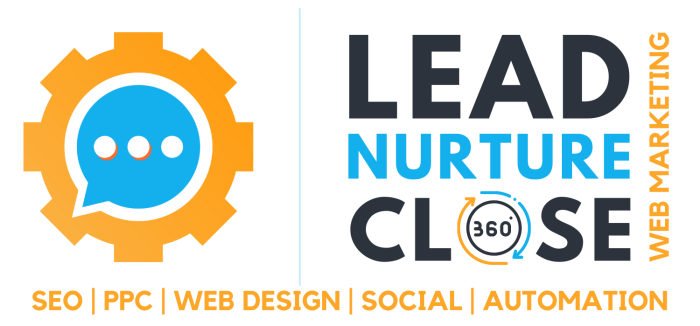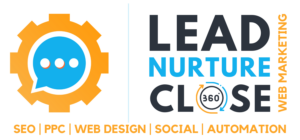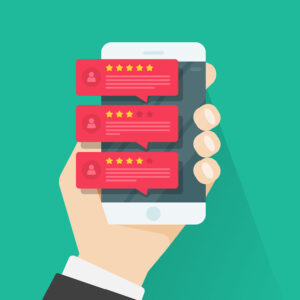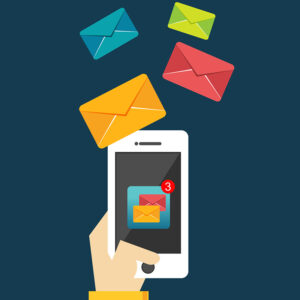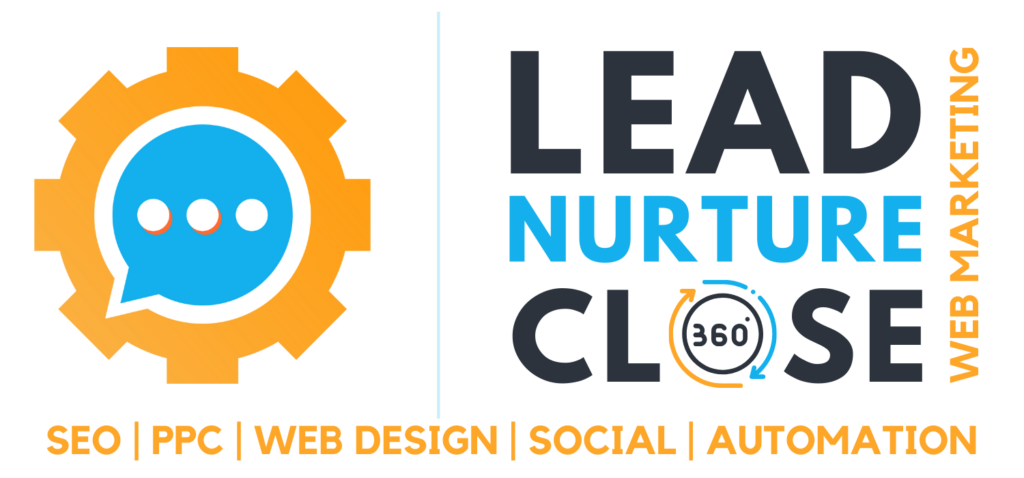While email remains one of the most effective marketing channels, the competition is greater than ever before. Consumers are also spending less time scanning their inboxes and have less patience when reading emails from businesses. To maximize engagement and boost conversions, it’s, therefore, crucial to avoid any email marketing bad habits.
If you’ve noticed less engagement or more unsubscribes, here are 10 habits you should quit to improve your email marketing results in the coming year and beyond.
Overlong Emails
Are your emails longer than they really need to be? Reducing the length of an email and writing more succinctly is sometimes all it takes to increase engagement. According to a Boomerang study, emails with 75 to 100 words had the highest response rate at 51 percent (1). If you need to give more detailed information, include a call-to-action (CTA) button that readers can click to find out more.
Tip: Ruthlessly edit every email. Cut down the sentence and paragraph lengths and choose more punchy words and phrases to give your messages more impact.
Bland CTA Button Text
Every CTA button is an opportunity to encourage subscribers to take action, so you need to make the button text as engaging as possible. Conventional, ordinary, and formal language won’t inspire readers to act.
Tip: On CTA buttons, be more playful with language and use more memorable words.
Sounding Like Other Businesses
It’s easy to fall into the trap of writing in a vague and formal way. Many businesses do it. While coming across as professional is important, if every email you send sounds stiff and just like every other business, it’s boring for subscribers.
Tip: Work on your tone of voice. Unless your business is more formal or traditional, write in a more conversational way, like you’re talking to a friend.
Sticking to the Same Routine
When you have to produce email content week after week, it’s not always easy to come up with something new to say. However, if you do the same thing again and again, you’re unlikely to make progress. Going forward, you need to experiment.
Tip: A/B test your emails, changing one factor at a time. Start with the subject lines. Then vary the CTAs. And finally, test delivery times. Combine the best aspects of each test email to optimize future email campaigns.
Planning Too Far in Advance
The Covid-19 global pandemic demonstrated how unforeseen events can force businesses to reassess their priorities. Planning too far ahead can damage your email marketing return on investment (ROI) because if you spend time planning and creating content that later has to be reworked or even scrapped, you’re wasting valuable time and resources. What’s more, your business goals may change from one month to the next.
Tip: Plan your email content for about two to three months in advance but leave spaces in your editorial calendar so that you can adapt to changing circumstances.
Not Listening
Many businesses slip into the habit of sending out promotional messages and company updates, but consumers get tired of companies that only talk about themselves. It’s important to ask your subscribers what they think about your company, products, and email content. If your audience feels like they’re being listened to, they’ll give your messages more attention in return.
Tip: Cut back on promotional emails and deliver more meaningful content. Ask subscribers what they would like to hear from you and act on the feedback.
Delivering Emails to Everyone
Most businesses understand the importance of list segmentation, but some continue to use poorly segmented lists or don’t segment their lists at all. Unfortunately, this leads to low conversion rates and increases unsubscribes.
Tip: Segment your list into different groups, based on the origin of capture, purchase behavior, location, or other factors that are relevant to your business and current marketing goals. You can then deliver more personalized messages to boost engagement.
Using Old Newsletter Templates
If you’ve been using the same email templates for a few years, they might look outdated and could be difficult to read on smartphones. According to a 2019 Aedestra report, 62 percent of email opens occurred on mobile devices even then (2), so it’s crucial to optimize emails for mobile.
Tip: Some email clients won’t display your entire subject line text. Keep your subject lines to 40 characters or less to make sure smartphone users see more of your message. Also, use a larger font size of 13 or 14 pixels to make it more readable on a small screen.
Not Regularly Cleaning Your List
Continuing to email outdated or inactive contacts increases spam reports and unsubscribes and reduces email open rates and click-through rates.
Tip: Remove email addresses that are inactive for a certain period of time or move them to a “re-engagement ” list for future emails. Ultimately, this will increase your ROI per email sent.
Overlooking Analytics
Most email marketing platforms provide analytics data, but many businesses still fail to track these important metrics. Regularly monitor your email click-through rates and other metrics to understand which emails perform best.
Tip: Email open rates can be a misleading metric. If the reader’s email client isn’t capable of displaying HTML with images, or users have enabled image blocking, it won’t be recorded as an open. You can use open rates to compare successive emails you send but try focusing on improving click-through rates.
The Bottom Line
It’s essential to regularly review your email marketing strategies and try to avoid bad habits that may be contributing to poor results. Are there any damaging habits featured in this article that you recognize? If you can stop making these errors from now on, you’ll strengthen your reputation, improve email engagement rates, and achieve more of your marketing goals in the months and years ahead.
